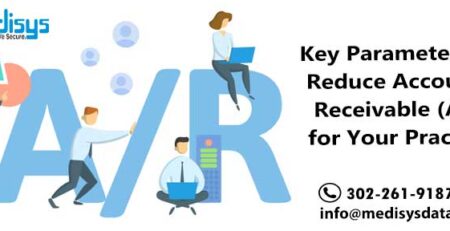Electronic health records (EHRs) are the most important means whose implementation can be widely helpful to improve the safety, quality, and efficiency of health care. This digital makeover of the health care revolution gives scope for personal health information for no direct uses as well, such as research, analysis, public reporting, provider certification and authorization with marketing and other marketable activities.
Although the secondary uses of health data provide us with the potential to greatly benefit the public, there are other, less desirable uses which, if not properly addressed by developing a national scaffold, could cut short the adoption of this technology.
Adopting of EHRs helps the providers to have organized and handy records. They are also supported by practice upgrading tools like automated prescribing and ordering tools to offer more proficient and safer patient care service options. Even after the long term of the introduction of EHRs and despite being potentially beneficial, physicians continue to have a difficult time in the adoption of EHRs. To understand the challenges, it is important to understand both sides of the issue.
Barriers to Electronic Medical Records
Financial
The “Financial” category of barriers includes those related to the monetary issues caught up in implementing EMRs. The question commonly faced by the physicians is whether the costs of implementing and running an EMR system are within your means and if they can help gain a financial benefit from it.
- High start-up costs
- High ongoing costs
- Uncertainty over Return on Investment (ROI)
- Lack of financial resources
Technical
Electronic Medical Records are associated with hi-tech systems and do include multifaceted hardware and software technicalities. An effectively assured level of computer skills is required by both suppliers and users (the physicians).
- Physicians and/or staff lack computer skills
- Lack of technical training and support from the vendor
- The complexity of the system
- Limitations of the system
- Lack of customizability and reliability
Time
A smooth, non-obstructive flow of work is essential for the work of physicians. The introduction of EMRs may slow a physician’s workflow, as it can add up to the time needed for selecting, implementing and learning for adopting and how to use EMRs and then to enter the data into the system. Resultantly the output will be reduced and their workload will be increased. This can cause fiscal problems, such as a loss of revenue.
- The time required to select, purchase, and implement the system
- Time to learn the system
- The time required to enter data and to convert patient records
- More time per patient
To overcome the barriers for the physicians to easily accept and follow EMRs is a complex process that needs support from several parties such as the government, insurance companies, vendors, managers, patients and especially the physicians themselves. Only then will the adoption of EMRs achieve the expected level. Pertaining to this, some barriers are within and others are beyond the control of implementers.
Possible barrier-related intervention strategies
- Provide credentials on return on investment and show profitable examples from other EMR implementations which may help provide financial compensation.
- Educate physicians and support ongoing training.
- Adapt the system to existing practices to implement EMR on a module-by-module basis.
- Link EMR with existing systems and promote the communication for reliability and availability of the system.
- Provide support during the implementation phase to convert records and assist during training sessions to familiarize users.
- Implement a user-friendly help function and help desk to redesign workflow to achieve time effective profit.
- Discuss the usefulness of the EMR and include a trial period to demonstrate the ease of use and initiating with voluntary use.
- Discuss the advantages and disadvantages for doctors and patients and exchange the information and support from physicians who are already users.
- Ensure support, leadership, and communication from management.
However, it would be wrong to wind up with the thought that there is a “one way that fits all” route. EMR implementer and change managers have to select and make a decision on relevant interventions based on their actual conditions and circumstances. At the same time, they should consider the structures and state of affairs of the practices with which they are dealing an interesting and challenging task.
Are You Ready to Get Billing?
Want to hire an experts in Medical Billing and Coding for your Practice? You are at the right place, what you need now is a partner who can finish out the rest of the work and make the technology and implementation just as simple. That’s what the best medical billing company like Medisys Data Solutions Inc. can do. If you’re ready to get started, schedule a meeting with our Medical Billing Manager from filling out enquiry form from our website!












